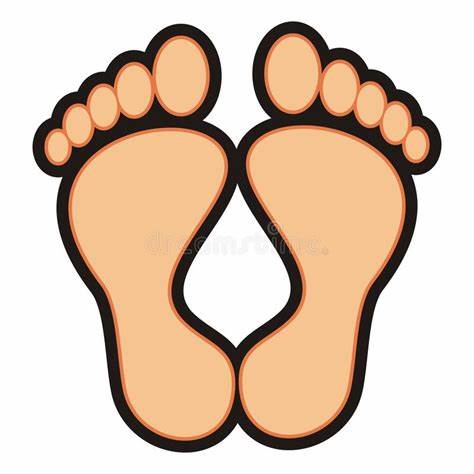
Poor Circulation in the Feet. many elderly patients complain of cold hands and feet and numbness or swelling in their extremities—all classic signs of poor venous blood flow, or circulation. While poor circulation is indeed common in seniors, there are plenty of steps that can be taken to help mitigate it.
So then, the body transports blood, oxygen, and nutrients to cells around the body through the circulatory system. But if blood vessels in an area close, harden, or narrow, a person may develop reduced circulation. Furthermore, poor circulation in the feet can cause the feet to become cold, discolored, or numb. Consequently, cold weather or an underlying condition, such as Raynaud’s disease, can cause it. Here, in this article, we will look at the symptoms of poor circulation in the feet, potential causes, treatments, and self-care techniques.
How to improve poor circulation in the feet

Poor Circulation in the Feet. For example, tips for improving symptoms include keeping moving, avoiding tobacco, and massaging the feet. People should speak with a doctor if they experience persistent poor circulation for a proper diagnosis and treatment.
Signs and Symptoms

Poor Circulation in the Feet. As a result, people with poor circulation may notice their feet feel cold or numb. They may also notice discoloration. The feet may turn red, blue, purple, or white.
However, these symptoms may worsen in certain situations, such as when a person sits still for long periods or goes outside in cold weather. But, for some people, these symptoms may be constant or flare up due to an underlying condition.
Additional symptoms of poor circulation can include:
- dry or cracked skin
- hair loss on the legs or feet
- weak toenails
- slow wound healing
Underlying Causes
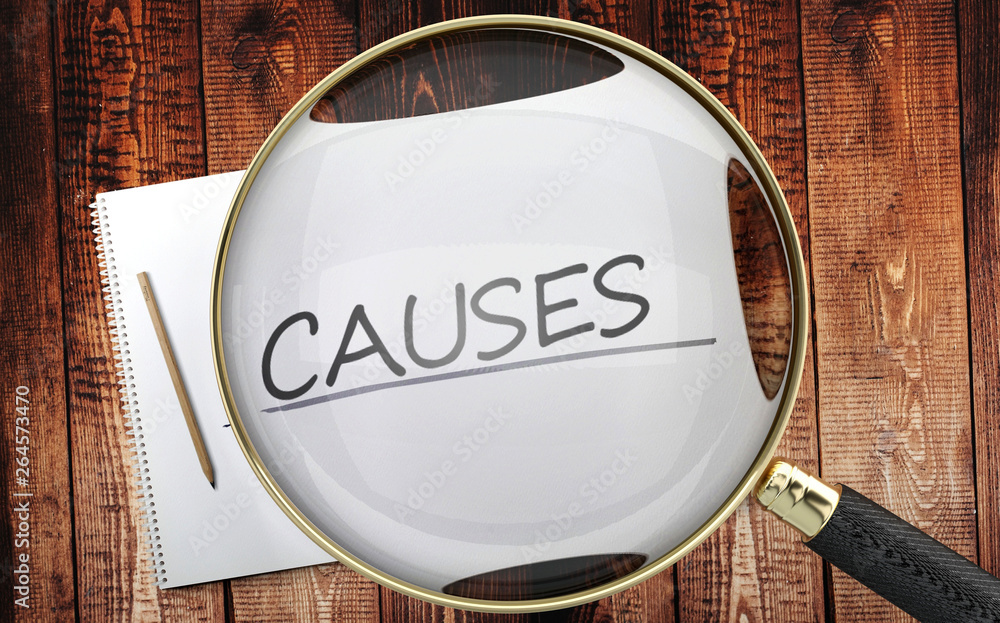
Below are some of the underlying conditions that may cause poor circulation.
Raynaud‘s disease
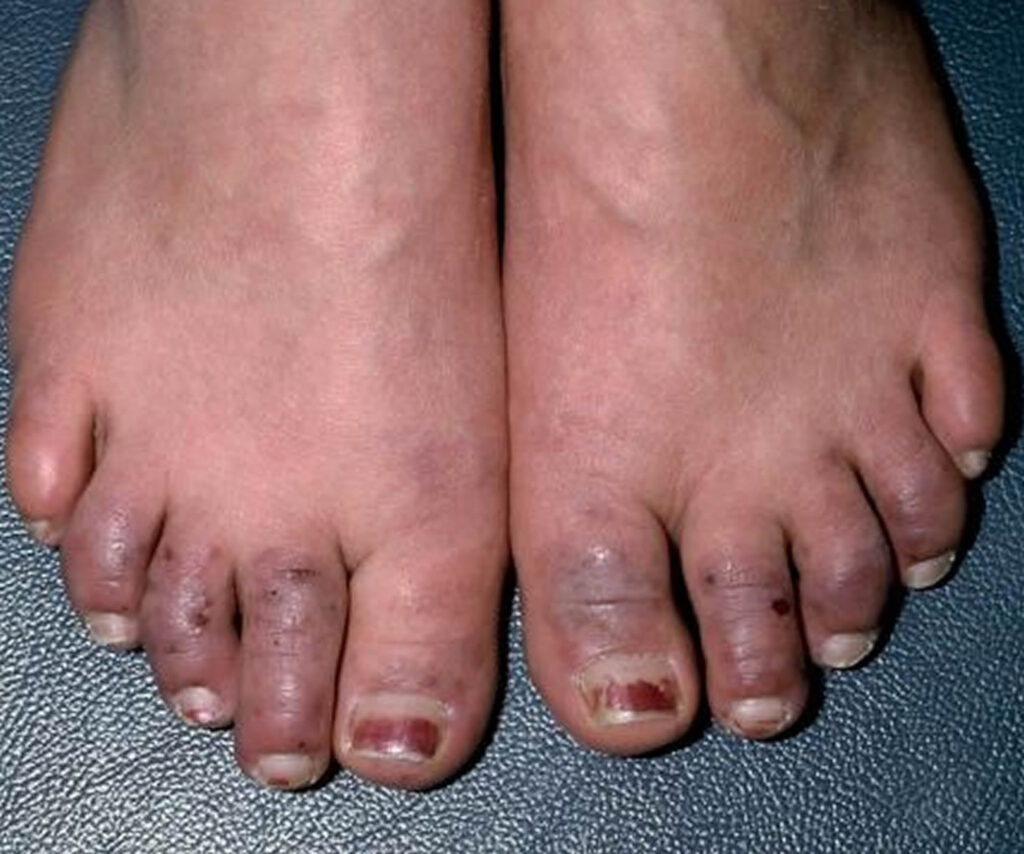
Poor Circulation in the Feet. Here, Raynaud’s disease syndrome causes blood vessels to narrow when someone is cold or, sometimes, when stressed. Also, this limits the amount of blood flowing to the fingers and toes. Rarely, it may affect other areas, such as the nose and ears.
The symptoms include:
- fingers or toes turning white or blue
- cold extremities
- pain
- numbness
- tingling
- a burning sensation
These symptoms can last as little as 1 minute or as long as several hours.
To begin with, most people with Raynaud’s disease have the primary form of the condition. However, some people have secondary Raynaud’s, which occurs due to another illness. Therefore, secondary Raynaud’s tends to be more severe.
There is no cure for Raynaud’s, but it is possible to reduce the symptoms and potentially reduce the frequency of attacks with medical treatment and lifestyle changes.
Acrocyanosis
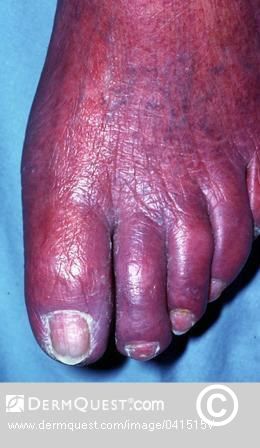
Poor Circulation in the Feet. Acrocyanosis is a condition that causes the extremities, such as the toes, to turn blue. This occurs when the blood vessels constrict, preventing blood flow and oxygen from moving through that part of the body.
It is a rare condition that is similar to Raynaud’s phenomenon. The main symptoms include:
- blue-tinged fingers or toes
- cold, clammy skin
- swelling
- a typical pulse
As with Raynaud’s, there are two types of acrocyanosis: primary and secondary. Primary acrocyanosis occurs on its own and typically affects both sides of the body, for example, both feet. Further research is necessary to understand the cause.
Secondary acrocyanosis often affects only one side of the body and can be a result of many conditions, including eating disorders, blood disorders, and genetic conditions.
Diabetes
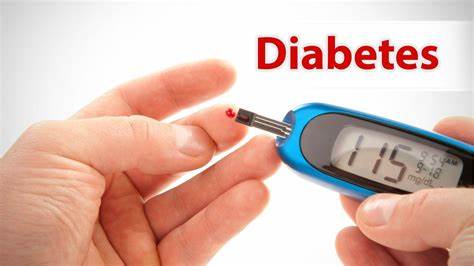
Poor Circulation in the Feet. If a person has diabetes, they are at risk of blood vessel damage. This may happen if they experience high blood glucose levels for extended periods.
If a person with diabetes does not receive any treatment, they could develop poor circulation in the feet, as well as foot ulcers that do not heal.
Managing diabetes effectively can help prevent foot problems. People with diabetes should receive an annual foot examination to ensure they do not have poor circulation, ulcers, or neuropathy.
Arteriosclerosis

Poor Circulation in the Feet. Arteriosclerosis occurs when the arteries harden, and blood cannot travel through them easily.
Some people with arteriosclerosis exhibit no symptoms, while others may develop some. The symptoms vary depending on which arteries the condition affects and may include:
- pressure in the chest
- shortness of breath
- irregular heartbeat
- weakness
- problems with breathing
- confusion
- dizziness
Treatment for arteriosclerosis may include medication, such as medication to control a person’s cholesterol or surgery to open blocked arteries or remove plaque buildup.
Peripheral artery disease (PAD)
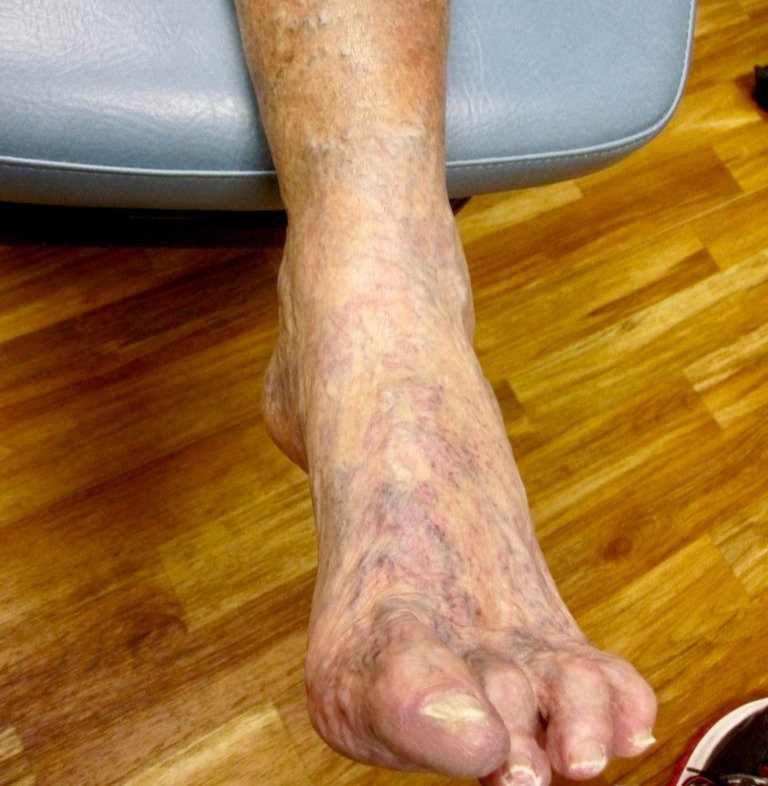
Poor Circulation in the Feet. If left untreated, arteriosclerosis can turn into peripheral artery disease (PAD). PAD occurs when plaque builds up in arteries. This can reduce or even stop blood flow, resulting in tissue death and potentially amputation.
Symptoms may include:
- Leg pain when walking.
- Muscle pain or cramping in the arms or legs, often in the calf.
- Muscle pain in the arms or legs that begins with exercise and ends with rest.
- Painful cramping in one or both of the hips, thighs or calves after walking or climbing stairs or other activities.
- Pain when using the arms, such as aching and cramping when knitting or writing.
- Coldness in the lower leg or foot, especially when compared with the other side.
- Leg numbness or weakness.
- No pulse or a weak pulse in the legs or feet.
The muscle pain in peripheral artery disease may:
- Be mild to extreme.
- Wake you up from sleep.
- Make it hard to walk or exercise.
- Occur during rest or when lying down if the condition is severe.
- leg pain
- weakness in the legs
- leg cramping
- toenails not growing
- a pale or blue foot
Prescription medication can improve symptoms in people with reduced circulation. In more severe cases, a person may require surgery.
Risk Factors
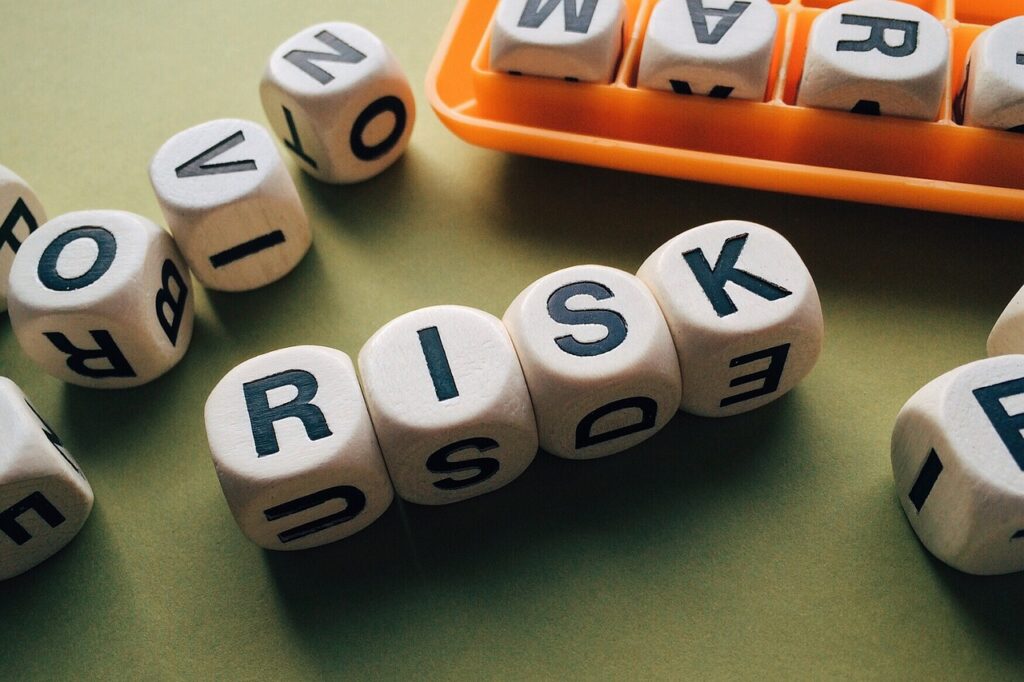
Poor Circulation in the Feet. Factors that can increase the likelihood of poor circulation include:
- smoking
- high cholesterol
- high blood pressure
Smoking can reduce blood flow by affecting a person’s cardiovascular system. It raises the risk of arteriosclerosis and Peripheral artery disease PAD.
Additionally, smoking is a risk factor for a form of vasculitis known as Buerger’s disease, which can cause severe Raynaud’s. In some cases, Buerger’s can cause gangrene.
Caffeine, alcohol, and stress can also constrict blood vessels, causing or worsening circulation problems.
Diagnosis
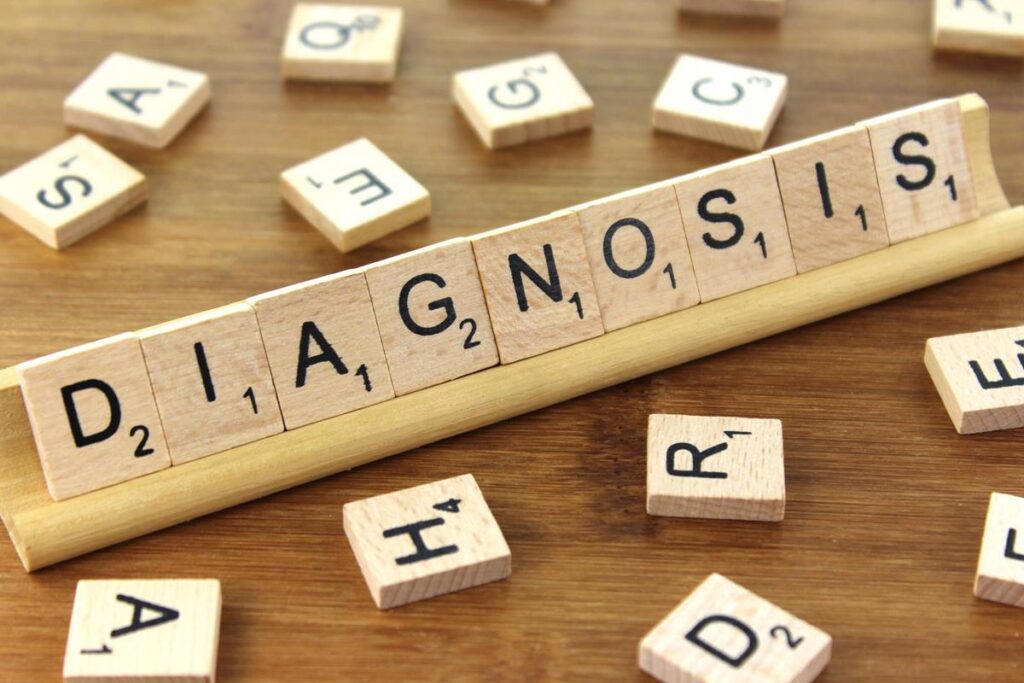
Poor Circulation in the Feet. A doctor can diagnose circulation problems and any underlying issues causing them. They may ask about a person’s medical history, as well as their symptoms.
Doctors may diagnose Raynaud’s or acrocyanosis from symptoms and a physical examination. They may also try cold stimulation to observe the body’s response or a nailfold capillaroscopy, which can detect changes in the capillaries.
Doctors diagnose PAD with a physical examination and by comparing the blood pressure in a person’s arm versus their ankle. They can diagnose diabetes using a blood sugar or urine test.
How to Improve Circulation at Home
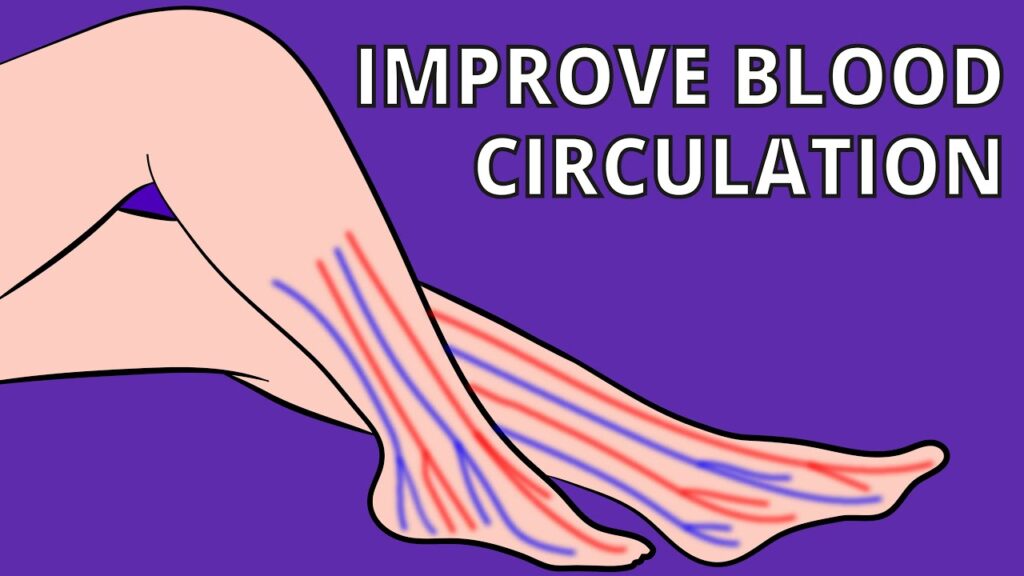
Poor Circulation in the Feet. The best way to improve foot circulation is to treat any underlying conditions that may be causing it. If doctors cannot pinpoint a cause, however, several self-care strategies may help.
People can try:
Stay warm: If circulation problems worsen in cold conditions, keep the home at a comfortable temperature and wrap up in layers. Use hand or foot warmers when necessary.
Move more: A 2020 study found that simple leg stretches can help improve vascular function after 12 weeks. The stretching regime made arteries less stiff, helping them dilate. If sitting for a long time, set reminders to get up and move around.
Massage: Massaging the feet can stimulate circulation. People with Raynaud’s may also find it helps prevent or shorten attacks.
Relaxation techniques: Breathing exercises, meditation, yoga, and tai chi can help manage unavoidable stress.
Avoid caffeine, nicotine, and alcohol: Caffeine and alcohol can constrict blood vessels and exacerbate Raynaud’s.
Wear compression socks: Compression socks apply pressure to the legs and feet, forcing blood to travel back toward the heart.
When to Contact your Doctor

Poor Circulation in the Feet. Anyone experiencing persistent circulation problems in the feet should speak with a doctor. Sometimes, this is a symptom of an underlying condition that requires treatment.
A person should call or contact the local emergency department if they experience:
- swelling in one or both limbs
- pain that begins at the calf in the affected limb
- warmth
- skin discoloration
These symptoms can indicate deep vein thrombosis, which can be life threatening.
DONATE
Pensioner Fitness Awards
THE BUSINESS CONCEPT, BEST IN BUSINESS AWARDS
- “MOST INSPIRING SENIOR WELLNESS WEBSITE 2023“
THE GLOBAL HEALTH AND PHARMA, FITNESS AND NUTRITION AWARDS
2. “BEST SENIOR FITNESS AND NUTRITION SPECIALIST 2023“
THE MIDDLE EAST AND AFRICA BUSINESS AWARDS
3. “ MOST INCLUSIVE FITNESS PROVIDER 2023″
THE CORPORATE LIVE WIRE GLOBAL AWARDS 2023/2024
4. ” FITNESS ADVISORY PLATFORM OF THE YEAR“ 2023/2024
In Conclusion
Poor circulation can occur for many reasons. Sometimes, it is due to a disease that requires treatment. However, it can also occur on its own due to a condition such as primary Raynaud’s.
Staying warm and active, wearing compression socks, and managing stress may help people relieve the symptoms of poor circulation in the feet. However, it is important to seek guidance from a doctor so that they can rule out underlying conditions.
Important Note *
Remember that everyone is different, it is ultimately YOUR RESPONSIBILITY to find what your body responds to. So please do your due diligence before trying anything new, including getting Medical Advice to ensure your safety and peace of mind.
Connect with me and leave a comment